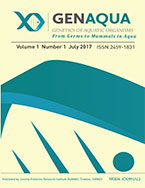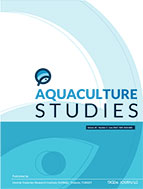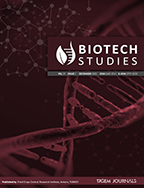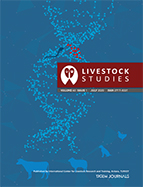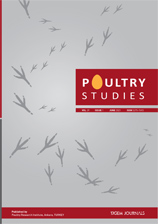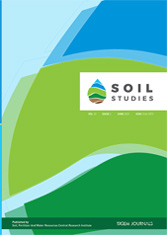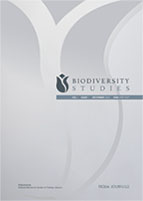Turkish Journal of Fisheries and Aquatic Sciences
2025, Vol 25, Num, 4 (Pages: TRJFAS26560)
Unveiling the Bioactive Potential of Colaconema formosanum: An in Silico Exploration of Novel Peptides from Phycobiliproteins
2 Department of Aquaculture, College of Life Sciences, National Taiwan Ocean University, Keelung City 20224, Taiwan
3 Department of Biological Science and Technology, National Pingtung University of Science and Technology, Pingtung 91201, Taiwan DOI : 10.4194/TRJFAS26560 Viewed : 816 - Downloaded : 605 Colaconema formosanum, new Rhodophyta in Taiwan. However, currently, there is little documented research on the protein bioactivity of this species. The objectives of this study were to conduct an in silico assessment of C. formosanum proteins as possible sources of bioactive peptides. Six proteins from C. formosanum, phycobiliproteins group, were selected based on LC-MS/MS analysis and these proteins were verified using the Mascot database. Subsequently, in silico analysis was started by checking the protein's physicochemical properties, followed by the bioactive peptide activities in the BIOPEP-UWMTM database. Additional parameters, including the theoretical degree of hydrolysis, value and relative frequency were also assessed. The peptides were ranked using PeptideRanker to screen for novel promising bioactive, and subsequently, an evaluation of the proteins' allergenicity and toxicity was conducted. Various bioactive activities, such as an inhibitor of ACE, DPP-IV, DPP-III, alpha-glucosidase, glutamate-carboxypeptidase, leucyltransferase, antioxidant, anti-inflammatory, and other activities were generated using in silico proteolysis of phycobiliproteins employing five proteases. In silico results indicated that phycobiliproteins from C. formosanum possess significant potential as a valuable reservoir of bioactive peptides. No previous reports have been made about the in silico analysis of this species. These discoveries present novel prospects for utilizing these bioactive peptides in the pharmaceutical and biotechnology industry. Keywords : Bioactive peptides Bioinformatics Proteomics Rhodophyta




